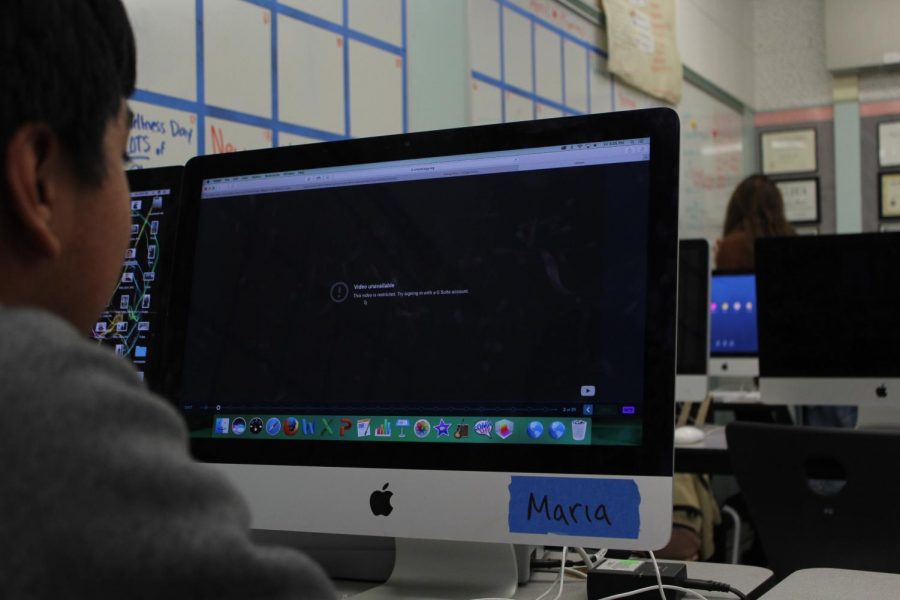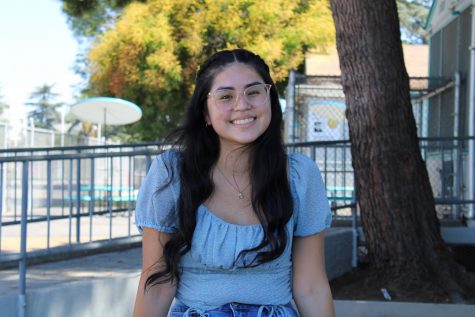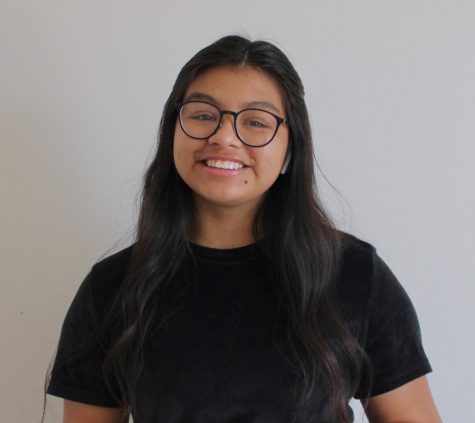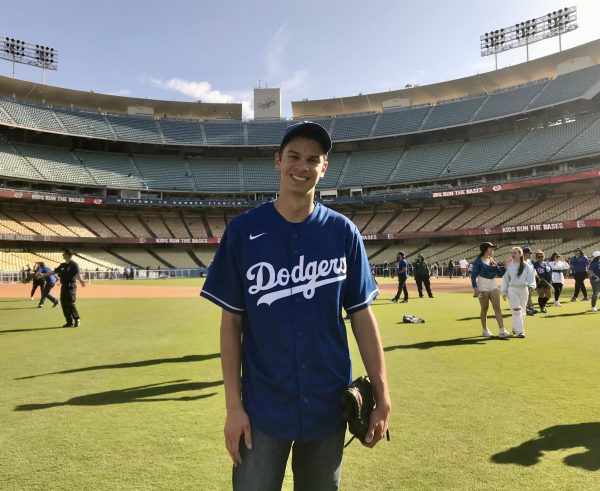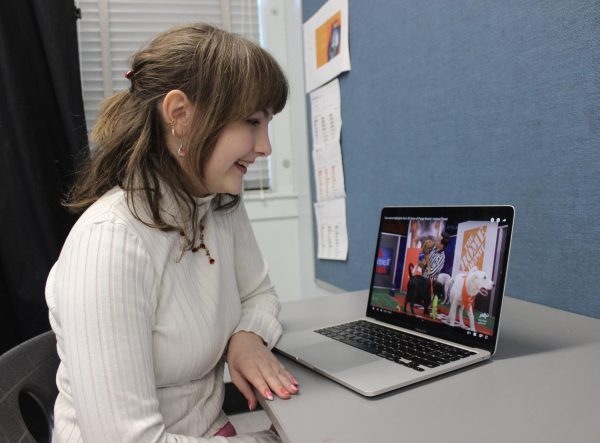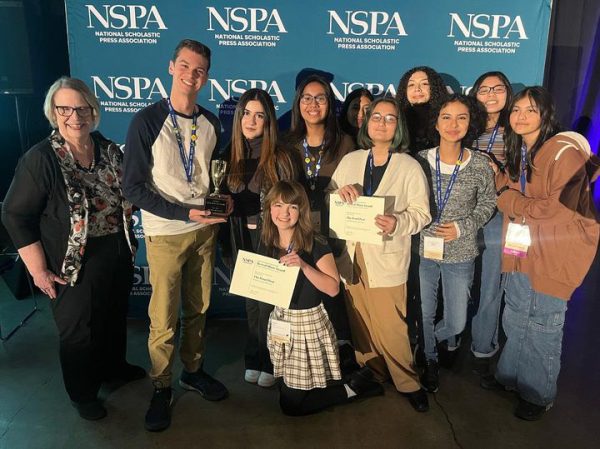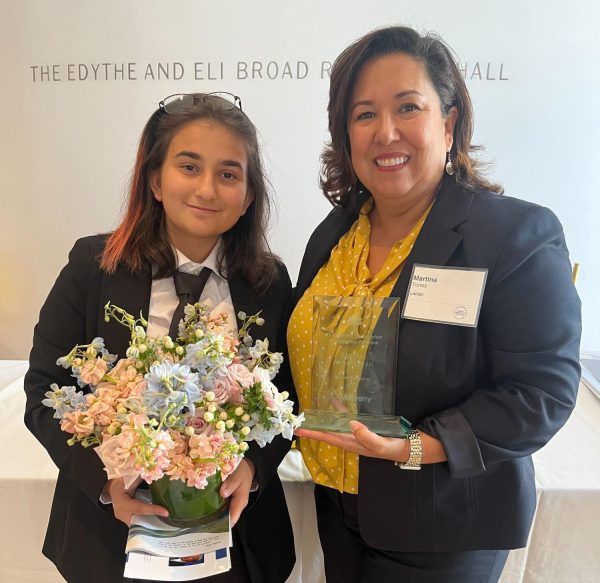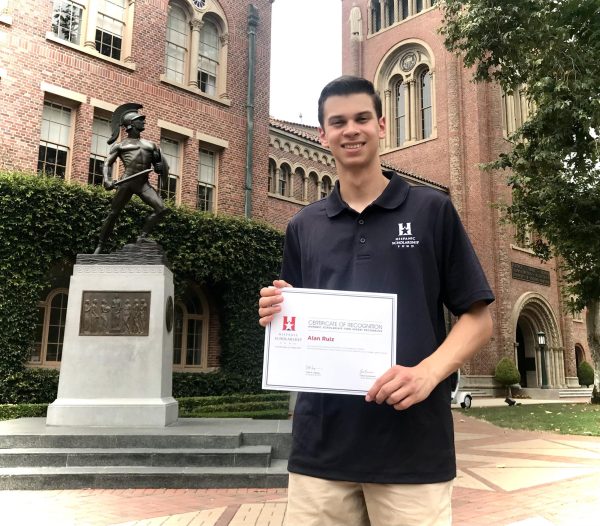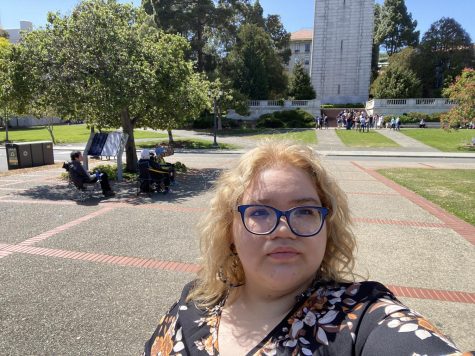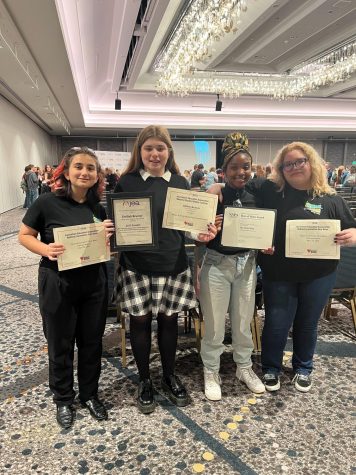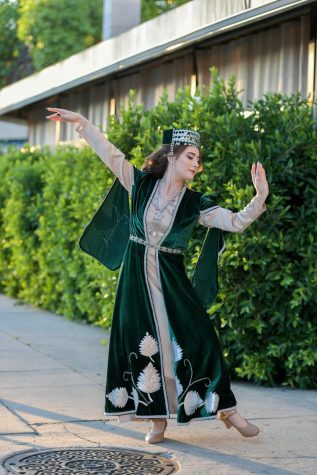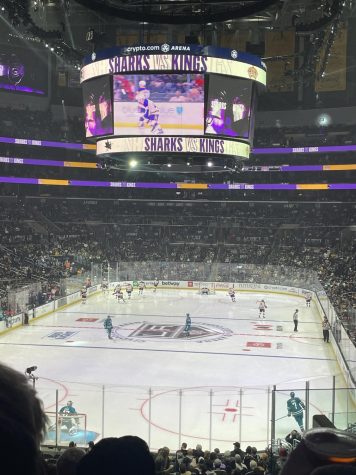Checkology is ironically restricted at a journalism school
February 18, 2020
Being able to tell the difference between fake and credible news is an important skill for teens to develop in life, especially in the ever-growing technological world we live in today. Last year in the Journalism 1 class, I found the online program Checkology useful in teaching me about news literacy and much more.
Checkology is an online program from the News Literacy Project that has multiple video lessons (modules) that teach students how to look for reliable sources, determine what sources are credible and learn more about the First Amendment. The program was first introduced to Daniel Pearl Magnet High School back in 2017 when Dr. Judea Pearl and Ruth Pearl along with News Literacy Project founder Alan Miller introduced the program to our former principal.
Currently, the 2019-2020 Photography 1 (formerly known as Journalism 1) class does not have access to watch and engage with these videos. The Los Angeles Unified School District (LAUSD) has blocked the videos due to student log in safety pending formal approval, therefore not allowing students to view the lessons at school. This same issue began midway when I was using Checkology as a freshman in my Journalism 1 class last year. NLP is working on fixing the online safety requirements so LAUSD can approve their application. Other school districts that have had trouble streaming the online program have used Wistia as a third streaming video provider, according to NLP’s Director of Communications, Carol McCarthy.
The first-ever National News Literacy Week took place on Jan. 27 through the 31. As of Jan. 31, there are students in 220 schools across the country who have created Checkology accounts. Aside from DPMHS, Maywood Center for Enriched Studies in LAUSD have used the program this year.
“I have been impressed by the consistently high quality of the results across all grade levels, subject areas, regions and programs and the growth of the organization,” NLP’s Independent Evaluation Specialist Anita Baker said. “I think the work that the organization is doing is so critical and I have absolutely appreciated its maturation and extended reach as well as the many accomplishments that have characterized its efforts over the years of our affiliation.”
After using Checkology during my freshman year and being able to learn and engage with the different modules, I’ve acquired multiple skills and tips when it comes to figuring out what news is credible and accurate. I have benefitted from the many lessons the program has taught me, such as how to determine what information is factual. I’ve become an even more critical thinker and aware of topics being discussed in the news and media. The program has also made me more news literate.
Toward the end of my freshman year, I and four other students from DPMHS were chosen to be featured in a series of videos the News Literacy Project made to share student’s perspectives of Checkology. In April of that same year, I was given the opportunity to be featured in an interview and record a podcast with the founder and CEO of the News Literacy Program, Alan Miller. In September of my sophomore year, I received the Gwen Ifill Student of the Year Award after being nominated by NLP’s Vice President of creative services, Darragh Worland.
I’ve taken all the lessons to heart and truly believe that Checkology is a program that is beneficial to students. Checkology is a program that will benefit not only the Photography 1 class but the students who will follow in the years to come. Particularly because the program is being used in a journalism class, the information being taught to students will help them further understand the work of a journalist, how to figure out what news is reliable and give them a greater appreciation for all that the First Amendment grants us, especially student journalists.


